The Marist Hermitage
The young priest eased himself down on to a handy outcrop of rock, relaxing after the five kilometre walk up from St. Chamond. Summertime, and the rock was pleasantly warm, inducing an easy drowse – broken by a “Morning, Father. You’re the new curate here in the parish. Saw you there at Mass last Sunday.”
“Yes. That’s right. My first appointment. Champagnat, Marcellin Champagnat, from Marhles, which isn’t far from Lavalla. Just over the Pilat hills. And you are .. ?”
“Bellin. Auguste Bellin. From hereabouts. Spent all my life here ... except for time I spent in the army.”
The young farmhand settled himself on the grass, happy to have an excuse from working on the half-built fence line below.
“What is this place, Auguste?”
“Known as ‘Les Gauds.’ Belongs to Monsieur Montpellier. Good grazing, and the stream, the Gier, on hand for the watering. Floods in winter at times.”
Both men lapsed into an easy silence, countrymen together. Then, sensing his companion’s interest in the place, Bellin went on, “Used to be called ‘The Hermitage.’ An old bloke lived here, alone, years back. In a cave between those rocks on the left. Even now, you can see the remains of a hut he built. Known to the people round about as ‘our hermit.’ Harmless old bloke. Just didn’t like being with people.”
Finally, Bellin rolled to his feet, asked the priest’s blessing and went off, whistling to his dog -- ‘shepherd’s breed’ -- thought the priest, thinking of the dogs he had worked with on the family farm in Marhles. He sat there, looking down the valley, possibilities springing to mind. “It could be .. yes, it just might be ... a place that might answer immediate and future needs.”
He thought of the young men he had gathered together, up there in the village, his ‘little brothers’ ... ‘Mary’s Little Brothers,’ the Mother of Jesus inspiring young men to consider a life spent in helping youngsters across the region, in schools that would open new worlds to them. Worlds that would be Christian, that would enable them to develop their potential, lift them out of the limited peasant setting in which they now lived. A brotherhood, a Marist brotherhood, a part of a wider outreach that was taking shape as the ‘Society of Mary’, including priests, brothers, sisters and lay people, working to create a new Church, a new France that would meet the needs of a war-weary land.
Eight years – eight years since the brotherhood first began, with a couple of farm boys, slow growth at first but now a steady surge of men coming , attracted by contact with the Brothers, now working in the eleven schools established in the villages close by. Growth that demanded expansion, expansion beyond what the village of Lavalla could offer. And now this valley ... yes, it offered real possibilities! As ever in perplexity, he began to pray, to share now his mounting excitement with Mary, Mother of Jesus, sharing doubts and hopes with her who was ever the inspiration of the whole Marist ideal.
He rose, to continue his climb to the village, then, remembering Bellin’s comments, moved across the rock face to where the ‘old bloke’ had lived. Yes, there was indeed an opening, and a few stumps that might have been foundation blocks for a hut. He turned back, but then caught sight of a curious shape in the branches of a tree. Reaching up, he managed to fingertip grasp a small carved wooden shape, a rough carving ... of a woman holding a child, crudely done but recognisable. Where on earth had it come from? He laughed, imagining the old man, the ‘hermit’, lovingly shaping his image of Mary and the Babe, company in his isolation. And now a sign to him that this indeed was Mary’s choice, this valley was to be the home for his Brothers.
After an almost sleepless night with possibilities, plans, opportunities crowding out rest, Marcellin was drawn back again to the valley. “There, that was the place for the main building, crowned of course by the chapel, and there would be the smaller out-buildings, there the gardens and, yes, a roadway linking up with the village above, another going down the valley to St. Chamond, the town close and handy but not intruding on the privacy of the ‘home’ ... yes, indeed, this place would be home for the Brothers and for the Marist priests.”
He could scarcely wait to pour out his plans to Father Courveille, a Marist like himself, priest at nearby Rive-de-Gier parish. Marcellin’s enthusiasm and dynamism kindled like energy in Courveille, and together, they moved quickly to purchase the Montpellier property, drawing on funds set aside by the archdiocese for new ventures.
It was now the early summer of 1824, and as the schools went into the long holidays, Marcellin called in the Brothers to the Hermitage to work on this new and vital project. “This is to be our new home – yes, an administration centre, but first and always, our Marist home – a place where our young men can train and learn to live as Marists, in the religious life, and as teachers, where there will be rest and recuperation, care for our sick, an outreach for the needy of the neighbourhood, a school and maybe a place for orphans. Our home, but open to others.”
Within a week the first stones were laid, within a fortnight foundations of the building were blessed.
A building that would be three stories, capable of housing 150 people, L-shaped, set between the stream and the rock face, on the valley floor. Architect, masons, builders were hired – but whatever work could be done by labourers -- quarrying, excavating, levelling, clearing rock outcrops, mixing mortar, digging drainage, clearing the forest slopes -- was done by the Brothers, led by Marcellin in person.
In that long hot summer, the building gradually took shape, the Brothers living in a large house on the other side of the Gier and in huts near the site. Exhausting work, but somehow exhilarating. “We were building a new future, for ourselves, for those who would come to join us, for our young people. We were building for our future and the future of Marist Brothers who would follow us.”
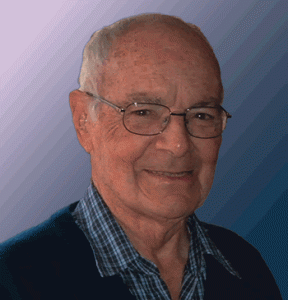
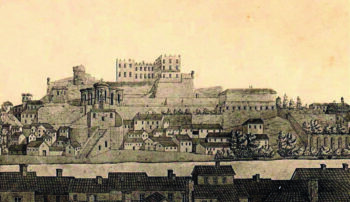
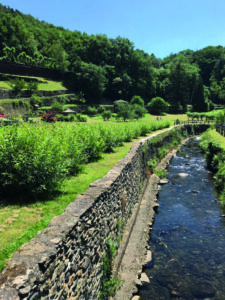
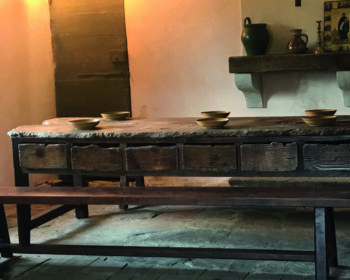
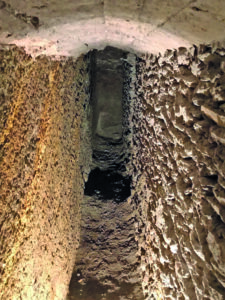
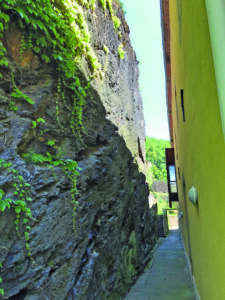
 Entries(RSS)
Entries(RSS)